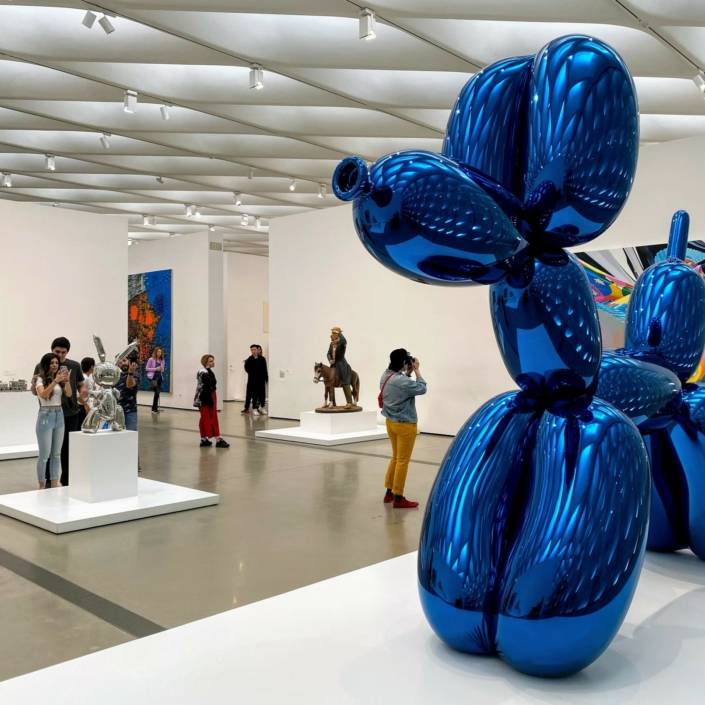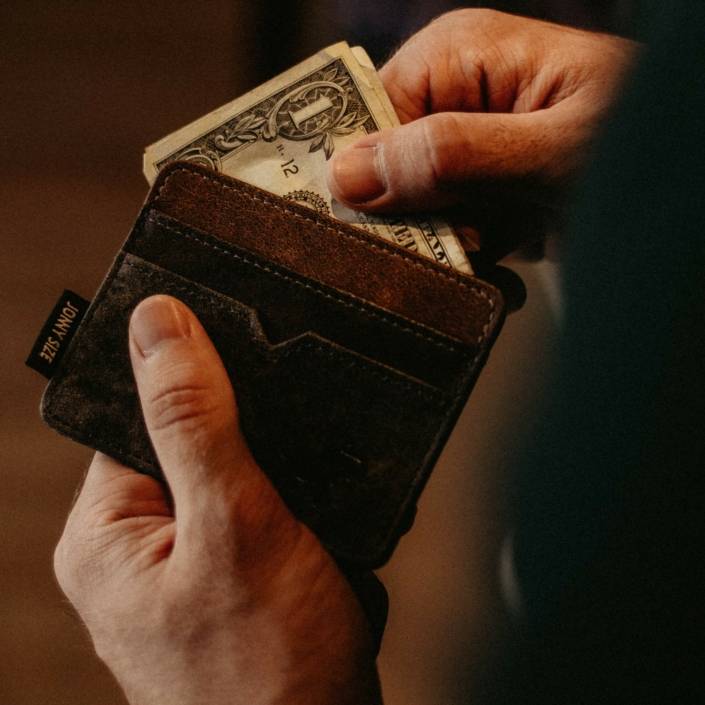Money Sullies Art: The Limits of Philanthropy
Philanthropy in the arts has always been about more than just money.
Words: Andrew Frost
Being chosen to represent Australia at the Venice Biennale is a big deal. Ever since Sidney Nolan, Russell Drysdale and William Dobell had their work shown in 1958, the selection has always been contentious. The parochial issues of the Australian art world are exacerbated by the sense that whatever gets shown is on the world stage. It doesn’t just have to be good art, by an accomplished artist, but it also has to represent the country. In a context like this, the politics of who gets to choose, and who gets chosen, are intense.
Anyone paying attention to the Australian art world politics that have been playing out over the last few months will be keenly aware of the change of management of the Venice Biennale selection process for Australian representation from a sole commissioner to an internal Australia Council board. The shift has brought with it a series of news articles, op-ed pieces and heated social media debate. Although those arguments are in themselves a fascinating barometer of the level of entitlement claimed by various art world factions, a larger and broader question has arisen: What are the limits of philanthropy? What do we expect of philanthropists?
Philanthropists play a hugely important role. In Australia the ambition to make world-class art, stage exhibitions and build art museums often surpasses the ability to financially support these kinds of projects. So, the nation’s wealthy art patrons have stepped in to do what governments are unable or unwilling to do. The family foundations, trusts and funding programs of the wealthy with a love of culture and art are what help the Australian art world function.
Beyond simply being wealthy, philanthropists offer another hugely useful function: they’re connected to business, politics and culture globally. As information conduits, philanthropists make things happen and over time they acquire expertise and knowledge and can facilitate connections and, dare we say it, ‘synergies’…
This is where things start to get a little opaque. The expectation that something that is, at least in part, publicly funded should be ultimately overseen by public servants, is a reasonable position. If there is an unelected and unaccountable aspect to the selection process for anything – say a grant, an exhibition, a touring program or whatever – people participating in good faith in that process as applicants have the right to be outraged.
The suggestion that a philanthropist, no matter how much money they’ve given to the arts, knows better, is better connected, and is more intimately involved in the arts than the general public, and therefore should get involved in the decision making is both anti-democratic, and from the point of view of simple governance, is untenable.
And this is the limit of philanthropy. As much as they are valued for their contributions, philanthropists getting involved in decision making processes have to come under a system that’s not only accountable, but is seen to be so.
This article was originally published in Art Collector issue 83, JAN-MAR, 2018.











